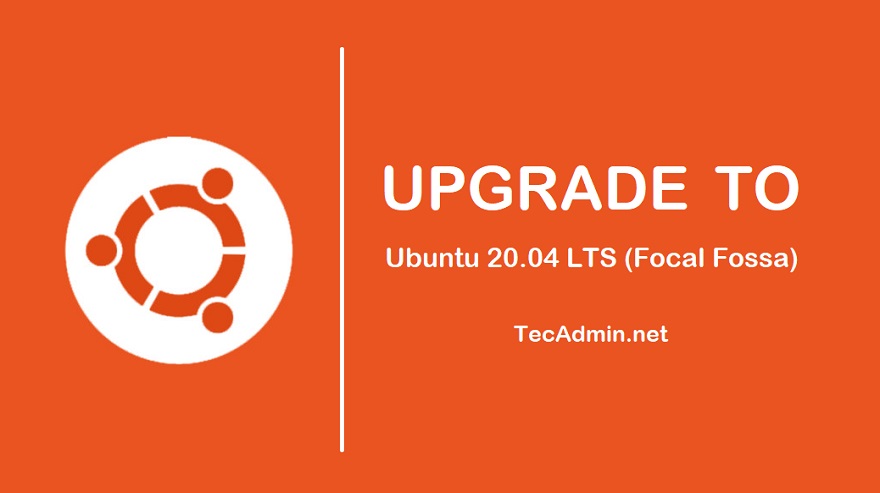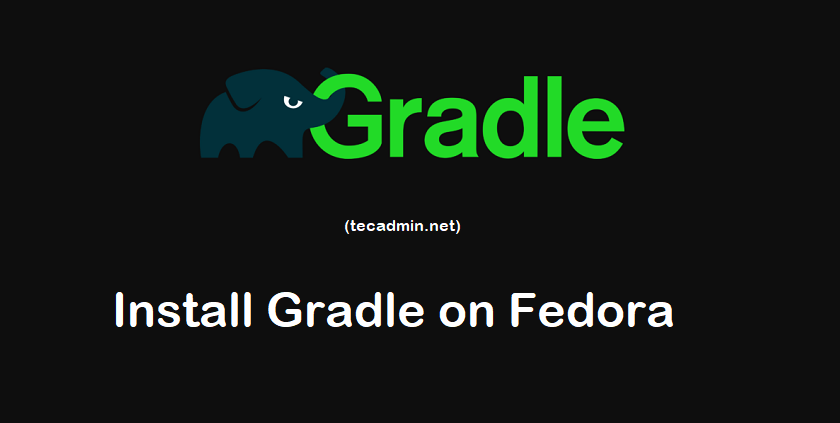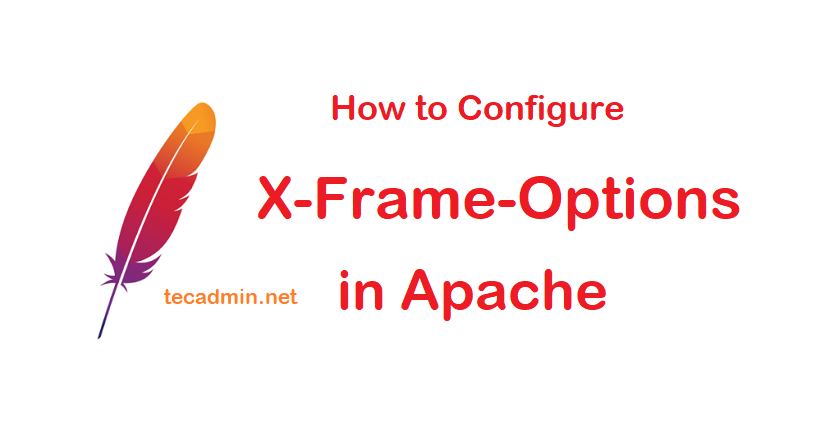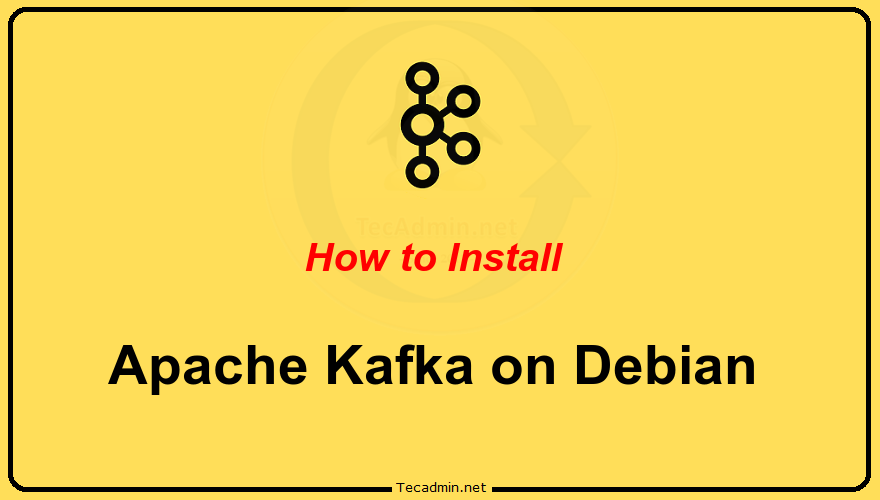Ubuntu 20.04 LTS (Focal Fossa) has been released on Apr 23, 2020. This version will be supported till 2025. The Ubuntu operating systems provides two types of releases Standard release and Long Term Support (LTS) release. Ubuntu provides support for standard releases for approx 1 year while Long Term Support is useful for approx 5 years. This tutorial will help you to Upgrade Ubuntu 18.04 LTS to Ubuntu 20.04 LTS via command line. Whome to Upgrade? The Ubuntu desktop users can upgrade to the latest version immediately. But the Ubuntu server users, especially the production server recommended waiting for a…
Author: Rahul
Gradle is an open-source build tool for the automation of applications. The Gradle helps developers team to build, automate and deliver software easier and faster. This tutorial will help you to install Gradle on CentOS 8 and RHEL 8 Linux system. You may like: How to Install Apache Maven on CentOS 8 Prerequisites The Gradle requires Java 8 or higher version installed on system. Generally CentOS system have default installed Java version on it. to run Java 8 or higher version. Make sure you have java installed on your CentOS and RHEL 6 system or use following command to install…
Gradle is a powerful build tool that supports multiple popular programming languages and technologies. It is also an official build tool for Android. Gradle is a highly customized and extensible tool in most fundamental ways. It is an open-source build tool for the automation of applications. This tutorial will help you to install Gradle on Fedora 36/35/34/33/32 operating system. How to Install Maven on Fedora Prerequisites The Gradle requires Java 8 or higher version installed on the system. Generally, the Fedora system has a default installed Java version on it. to run Java 8 or higher version. You can use…
What is Shell? Shell is a command interpreter or a program that reads and interprets commands issued to it by the user. The shell performs basic commands such as running programs, inputting text, and printing output. It is also responsible for handling errors and other situations that require user intervention. A shell can be used to automate existing tasks or to create new ones entirely. The shell provides a common interface to a number of tools in the system. For example, if the shell needs to perform an action that requires a system command, it will search for the command…
Docker is an OS level virtualization platform used for container-based application. Which wrap of a specific application with all its dependencies in a container. Docker containers can easily ship to a remote location on start there without making entire application setup. This tutorial will help you to install and manage Docker community edition on CentOS/RHEL 8 Linux system. Step 1 – Enable Docker Repository First of all, add the official Docker yum repository on your CentOS 8 system. sudo dnf config-manager –add-repo=https://download.docker.com/linux/centos/docker-ce.repo Step 2 – Install Docker on CentOS 8 After adding the yum repository to your CentOS system, update…
Composer is this awesome tool for managing dependencies in PHP, kinda like npm for Node.js or Bundler for Ruby. Basically, it’s a lifesaver—you tell it which libraries your project needs, and boom, it grabs them all with one command. No more wasting time tracking down each one manually! This guide’s gonna walk you through setting up PHP Composer on Fedora 41, 40, or 39. I’m assuming you’ve already got PHP installed on your system, so we’re good to go there. What You’ll Need to Start An account with sudo privileges and shell access (you know, the usual admin stuff). PHP…
AnyDesk is an remote desktop application available for Linux, Windows and macOS operating system. This is also used as an alternative of the TeamViewer, which is available freely. Anydesk provides a faster remote connection than any other existing remote desktop application. Personally, I also love it and use. This tutorial will help you to install AnyDesk on Debian 10 systems. But, if you still love TeamViewer, You can also install TeamViewer using these instructions. Step 1 – Install AnyDesk on Debian 10 You can download Anydesk Debian packages from its official website. Anydesk also provides apt repository for the package…
In the digital era, website security has become a paramount concern for developers and administrators alike. Among the myriad of security measures available, configuring HTTP headers to protect against clickjacking attacks is crucial. One such header is X-Frame-Options, which controls whether a browser should allow a page to be framed or iframed. This article provides a comprehensive step-by-step guide on how to configure X-Frame-Options in Apache, one of the most popular web servers in use today. What is Clickjacking? Clickjacking is a malicious technique to deceive a user into clicking on something different from what the user perceives, potentially revealing…
Apache Kafka is a distributed streaming platform. It is useful for building real-time streaming data pipelines to get data between the systems or applications. Another useful feature is real-time streaming applications that can transform streams of data or react on a stream of data. This tutorial will help you to install Apache Kafka on Debian 11, Debian 10, and Debian 9 Linux systems. Step 1 – Install Java Apache Kafka required Java to run. You must have java installed on your system. Execute below command to install default OpenJDK on your system from the official PPA’s. sudo apt update sudo…
Let’s Encrypt is a non-profit Certificate Authority (CA) managed by the Internet Security Research Group. It provides free SSL certificates for your domains to secure data on the transport layer. This tutorial will help you to install and secure Apache with Let’s encrypt on the Fedora system. Prerequisites Running Fedora system with shell access A domain/sub domain pointed to server IP address via public DNS server. For this tutorial, we use webhost.tecadmin.net. Step 1: Install Apache First of all, Install the Apache webserver on your Fedora system. The default package repositories contain Apache packages. You can directly install them using…





